Access Granted

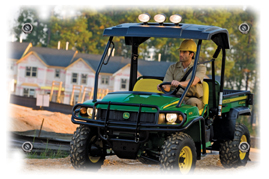 Although a work truck undoubtedly has its advantages on the road, sometimes it can become too large for all-terrain applications. For space-restrictive sites or off-road areas where trucks are not necessarily needed, contractors, large estate owners and public utilities can turn to a mini, go-anywhere work truck — the utility vehicle (UTV). With plenty of space for two or more passengers and a large cargo bed for tools, building materials or whatever the project requires, a UTV can gain access to spots where most equipment can’t.
Although a work truck undoubtedly has its advantages on the road, sometimes it can become too large for all-terrain applications. For space-restrictive sites or off-road areas where trucks are not necessarily needed, contractors, large estate owners and public utilities can turn to a mini, go-anywhere work truck — the utility vehicle (UTV). With plenty of space for two or more passengers and a large cargo bed for tools, building materials or whatever the project requires, a UTV can gain access to spots where most equipment can’t.
“Utility vehicles are used by a wide range of customers because they offer so much in terms of both productivity and enjoyment,” says Kevin Lund, group product marketing manager of utility vehicles for John Deere. “With larger load capacities, higher speeds, improved comfort and safety features, hundreds of attachments and accessories and better ride quality, today’s utility vehicles appeal to a very broad range of customers.”
With numerous offerings from manufacturers such as Arctic Cat, Kubota, Cub Cadet, Kawasaki, John Deere, Bobcat, Polaris, Honda and Yamaha — and a price tag of $5,500 to $20,000 — there’s a UTV built for every task and every customer.
Over the next three pages, you can discover how these machines tackle tough work (and play) and the different features that make them both productive (such as electronic fuel injection and attachment systems) and fun (such as high speeds and all-terrain mobility). When the job calls to haul cargo to a remote jobsite or the weekend beckons a joyride along the trails, a UTV fills the spot where a truck just can’t fit.
In the past few years, the market for UTVs has grown as more consumers discover more incentives for owning them — whether for work-related tasks or just for cruising around the ol’ fishing hole. With adequate power to tackle jobsite requirements and enough kick to zip along trails and acreage, utility vehicles have become a popular machine among a wide range of customers.
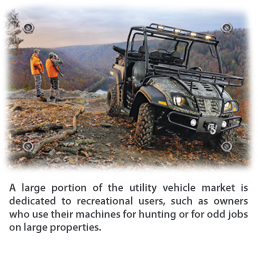
According to Brad Claus, utility vehicle product manager for Bobcat, industry sales were approximately 263,500 units in North America in 2007. He adds, that although final 2008 industry numbers are not yet finalized, the market looks to have flattened or may have been down a few percent.
As for who is buying these vehicles, the consumers are generally split into two categories — recreational and commercial. However, it becomes difficult to distinguish the purpose behind a purchasing. Oftentimes people buy these workhorses to use them on a farm or jobsite, but also end up taking them for a spin on their off days.
“A farmer or rancher may own a utility vehicle that they use to load their planter, bring lunch to the harvesting crew, repair fences and herd cattle. Then they’ll use the same vehicle to ride trails and go hunting and fishing,” says Kevin Lund, group product marketing manager of utility vehicles for John Deere. “It’s hard to classify that user as recreational or commercial. Clearly there’s been some growth in machines that appear to be built for more recreational applications, but there’s been comparable growth in heavy-duty working vehicles.”
In general, many manufacturers agree that much of the growth in the UTV market has been from land owners and recreational users as opposed to contractors or commercial segments. This group includes farmers, ranchers, recreational riders, estate owners and part-time agricultural producers.
“Recreational vehicles make up about 30 percent of the market. It’s definitely the fastest growing segment of the market,” says Hanlon. “Multipurpose or work vehicles make up another 60 percent. It’s the segment with the most stable growth. The remaining 10 percent is for other niche-use vehicles.”
Although the end of 2008 was plagued with economic uncertainty, UTV sales are expected to remain constant — with a slight dip in sales projected by manufacturers.
“When the economy starts to fall out, the first thing people quit doing is buying toys,” says Robert Gilles, marketing manager for Bobcat. “With a lot of these vehicles being purchased for recreation, the industry may see a slight drop off in sales.”
Although utility vehicles make the perfect companion on hunting trips or roaming about acreage, you can’t forget these machines have the power to get some serious tasks done. That’s why companies such as Bobcat and Polaris have added attachment systems to complement their UTV options — allowing owners to alter their UTVs into versatile workhorses.
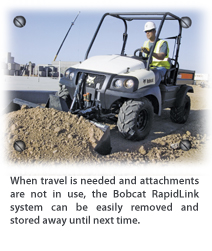
Bobcat first introduced its RapidLink attachment system in the summer of 2006 as a standard feature on the 2300 utility vehicle. The system features a lift height of 2 ft and a 500-lb capacity. Operators can choose from five attachments to best suit their needs, including a bucket, whisker push broom, pallet fork, mower and snow blade.
With the RapidLink system, Bobcat could offer something for a UTV that made it for more than just transporting people and materials — especially for those that need to move materials to and from a jobsite,” says Gilles. “With an attachment like a pallet fork, contractors can lift and move a 500-lb load in less time.”
In mid-2008, the BOSS Lift & Carry system from Polaris was introduced with its 2009 RANGER HD. With a 500-lb lift capacity, the electric-powered hydraulic system employs a V-plow, bucket and brush grapple — ideal for contractors and other UTV operators working in various applications. The BOSS Lift & Carry attachment system costs $3,500. Attachments for the system range in price from $500 to $1,900.
“Large estate owners would love Polaris’ new Lift & Carry System,” says Donna Beadle, external relations specialist of ATVs and RANGERs for Polaris Industries. “Polaris offers plows which are great for large estate owners, landscapers as well as various implements for seeding, sprayers, rakes, blades, etc.”
One of the biggest advantages of owning a utility vehicle is the ability to hop in and go, whether it’s for traveling through the woods or assisting around a landscape. However, maintaining a proper speed in these certain environments is important for safe and efficient operation.
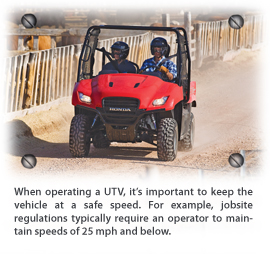
Although there may not be any speed guidelines when traveling on your own property, some restrictions occur on jobsites where many government and construction regulations require that UTV operators keep their speeds to 25 mph and below.
To make sure a crewmember doesn’t drive too fast or recklessly, some companies offer speed modification technologies. For example, John Deere offers a speed limiter kit for its XUV 620i gas machine that is key-controlled to reduce speed to a 20 mph top speed.
In addition to top speed considerations for safety purposes, the ability to maintain a consistent speed level is important when performing tasks in a UTV.
“If you’re spraying, plowing, spreading salt and materials or patrolling the perimeter of large properties, the ability to comfortably maintain consistent speed and rpms, while ensuring reliable performance, are key considerations as well,” says Dan Muramoto, Kubota’s product manager for utility vehicles.
Ever since utility vehicles hit the equipment scene in the late 1980s, manufacturers have been outfitting their machines with the latest and greatest features to make them work harder. Whether its tweaking the engine or designing more cargo space, each modification helps a UTV perform better in any application.
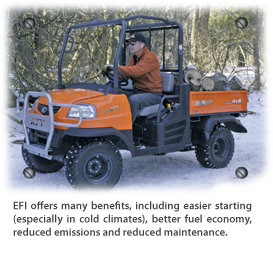
To gain a deeper appreciation for this technology, it’s important to understand its benefits:
1. GET GOING — NOW!
Perhaps the biggest benefit of EFI is that it makes starting up a UTV much easier — in both warm and cold temperatures. Since the system delivers fuel directly to the engine, there is no delay in starting up your machine.
“You don’t have to choke an EFI engine to start it. In a small engine EFI system, fuel is injected into the intake manifold ahead of the intake valve to allow control of the air and fuel mixture. The ECU, regulators and sensors in the system are more precise than a carburetion system, so you’re always good to go,” says Aaron Hanlon, product marketing manager for Cub Cadet. “On cold days or at high altitudes, EFI engines have an easier time starting and they do not require any extra work to get the vehicle warmed up.”
2.TAKE IT TO THE NEXT LEVEL
Another advantage of EFI is the ability to travel in high altitudes without sacrificing the power of the utility vehicle. In varying altitudes, traditional carburetors must be re-jetted in order to maximize performance, whereas EFI can continue normal travel despite a change in elevation.
“If your vehicle will ever see a change in altitude or a change in fuel quality, EFI will offer the benefit of being able to actively control fuel and air ratio to optimize performance,” says Kevin Lund, group product marketing manager of utility vehicles for John Deere.
3. “EFFICIENT” FUEL INJECTION
Thanks to its fuel-efficient capabilities, EFI meters fuel to the engine more precisely. By using a high-pressure fuel injector and multiple sensors to detect what the engine requires for use, EFI is able to give the engine exactly what it needs — allowing for adequate power with very little waste. EFI is known to produce fewer emissions, which is important in an increasingly environmentally conscious world.
“A carburetor depends on engine vacuum to suck the fuel through its different sized orifices and then mix them with air to give the engine what it needs for proper combustion,” says Van Holmes, Yamaha ATV/SxS public relations manager. “This works quite well and has for over 100 years, but it does have more waste or has more of a ‘sweet’ spot where it works perfectly and not as perfectly in other areas. The fuel injection is more consistent throughout the entire rpm range of the engine.”
Even though four-wheeled utility vehicles boast plenty of power for recreation and work, some manufacturers offer six-wheeled machines for moving a little more. These UTVs are popular choices, especially in heavy-duty construction applications, thanks to increased loading capacity, traction and floatation over four-wheeled machines.
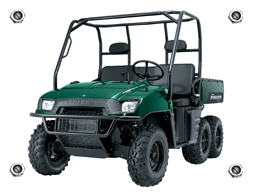
For heavy-hauling applications, 6×4 and 6×6 utility vehicles offer greater payload capacities than traditional four-wheeled machines. For example, the Polaris RANGER 6×6 EFI has a payload capacity of 1,750 lbs while the RANGER XP 4×4 can carry 1,500 lbs. John Deere’s Gator 6×4 can haul up to 1,650 lbs of cargo capacity, and its XUV 620i 4×4 model can move 1,400 lbs.
Six-wheeled machines also provide operators with higher towing capacities. These vehicles can tow up to 2,000 lbs, while their smaller counterparts will tug between 1,000 and 1,500 lbs behind them.
Another difference between four-wheeled and six-wheeled UTVs include speed variations. The Polaris 6×6 can reach up to 44 mph, but the traditional four-wheeled RANGERs are able to zip around at 50 to 63 mph. The 6×4 Gator stays steady with a 20-mph top speed and the other models in the John Deere product line reach up to 30 mph. These extra wheels also come with a difference in price. The cost difference between a four- and six-wheeled UTV is typically between $1,500 and $1,800.






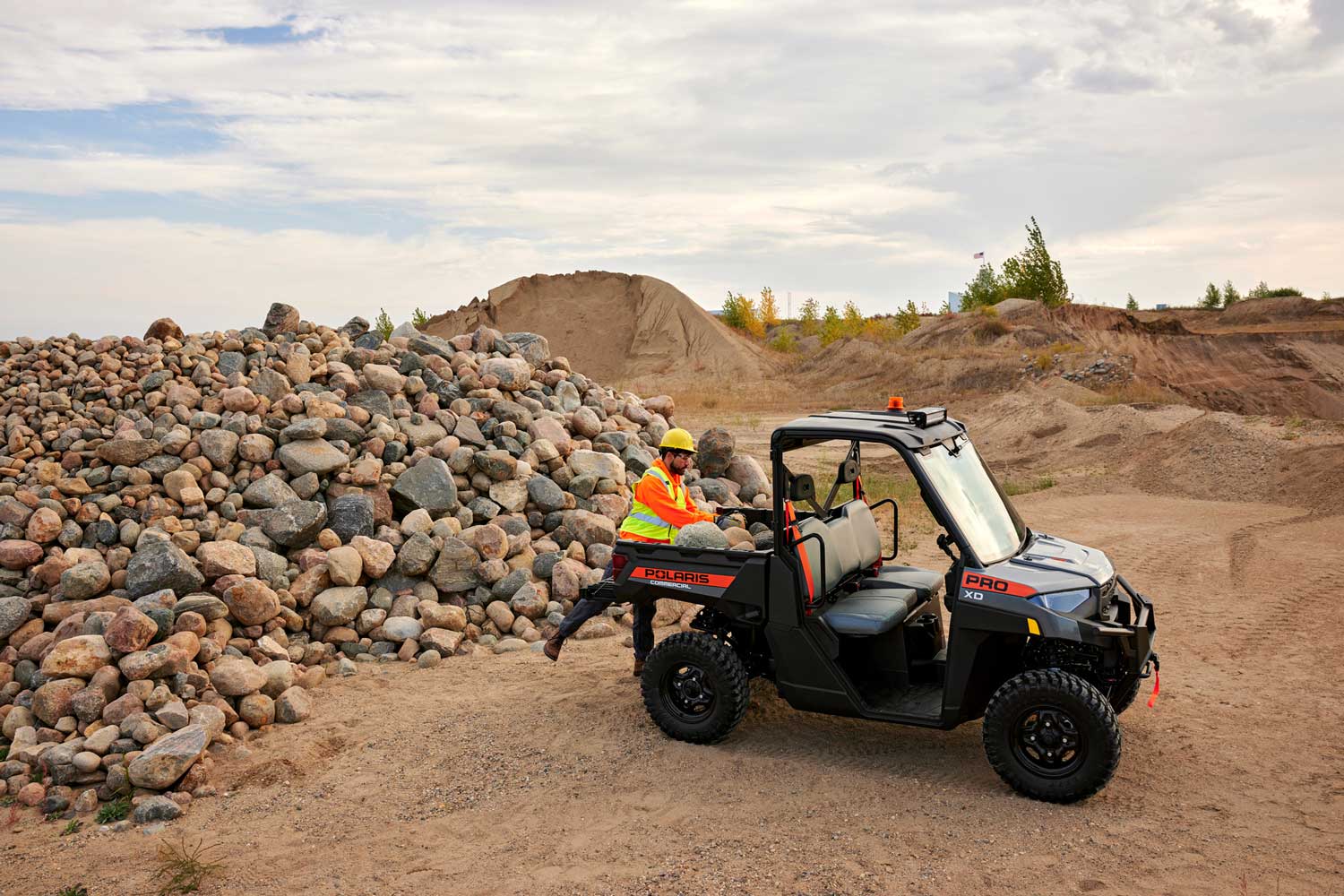
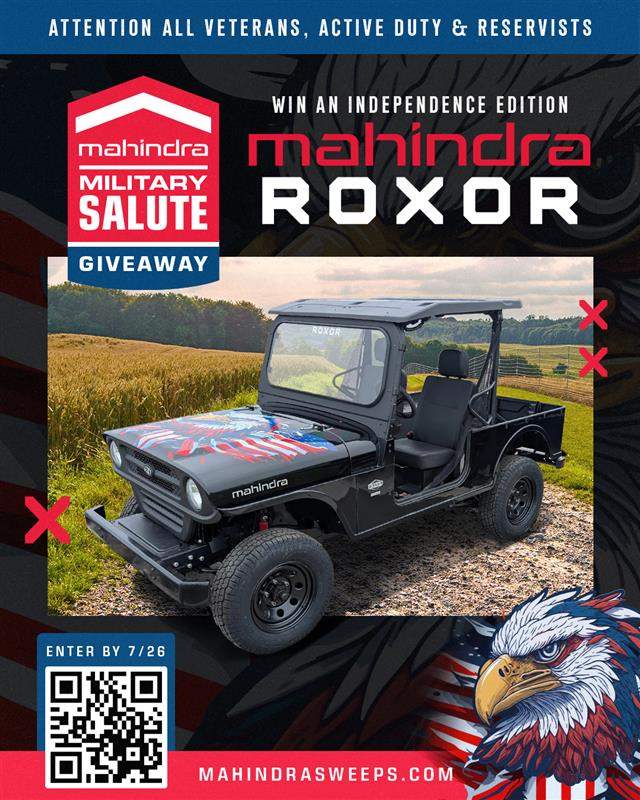

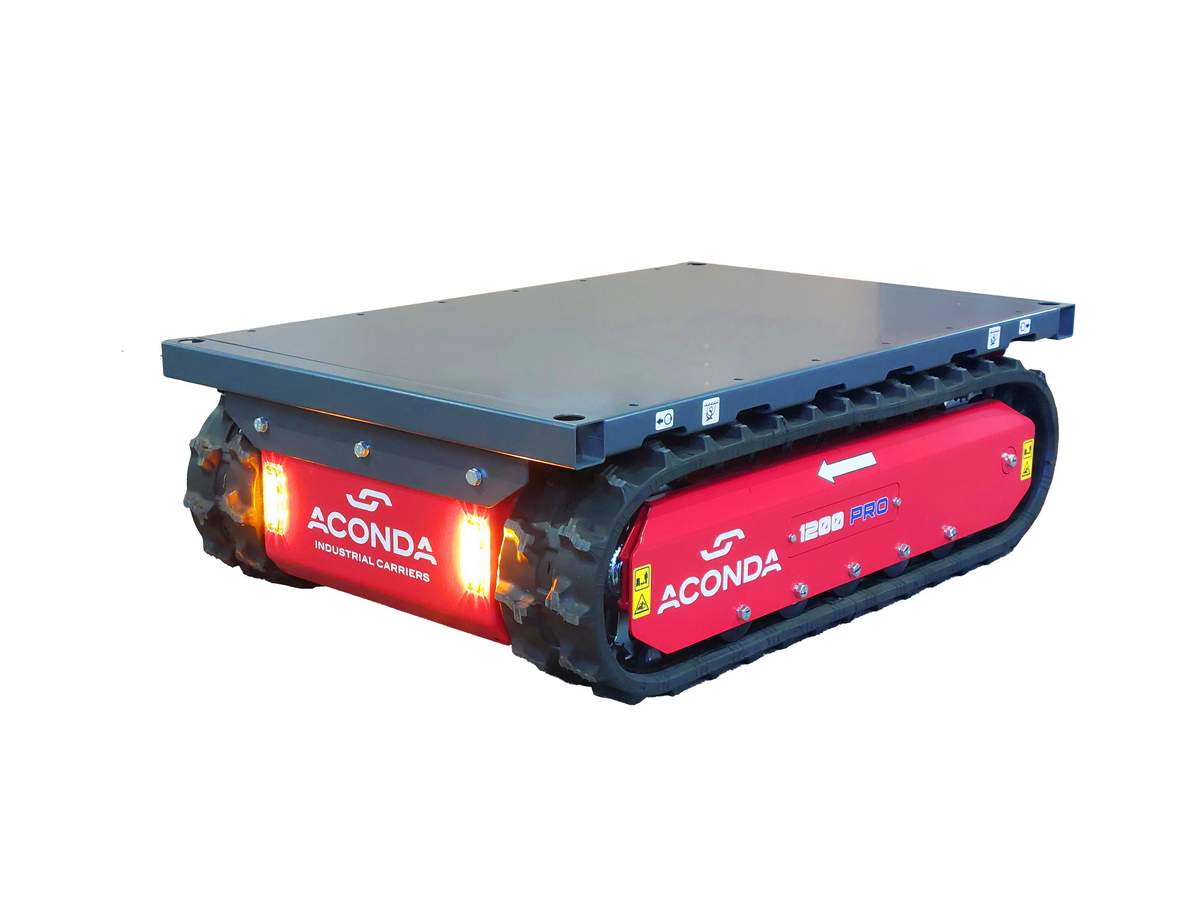
Comments are closed here.